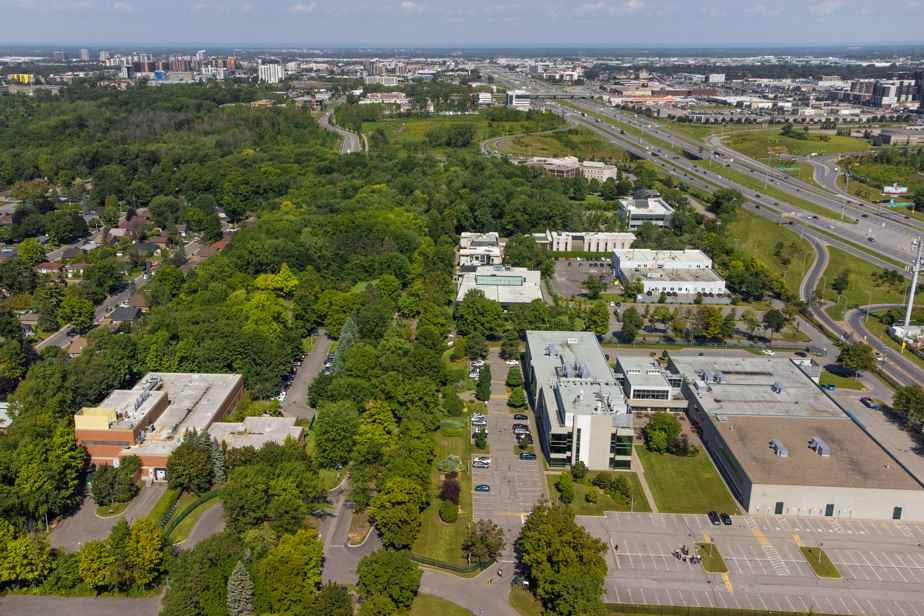The American pharmaceutical giant Moderna has chosen it to build a vaccine production plant there, but the development of the City of Biotech will not stop there. “We are very happy with the arrival of Moderna, but we will also have to face an important challenge, that of responding to growth,” says Jean-Marc Juteau, curator, life sciences, at the Cité de la Biotech .
Posted at 9:00 a.m.
Moderna had several good reasons for choosing the Cité de la Biotech de Laval to pursue its development, explains the curator. First, it will have access to a large pool of talented life science workers.
The perfect place
But also, the location is ideal. “La Cité is a true industrial park, the only one in Canada devoted entirely to life sciences,” says Jean-Marc Juteau. Not to mention that it is located near an airport, with access to a metro station, and that it is surrounded by a well-developed road network. And to this is added the presence of the Armand-Frappier Health Biotechnology Center of the National Institute for Scientific Research (INRS), where talent is being developed.

PHOTO HUGO-SÉBASTIEN AUBERT, THE PRESS
Jean-Marc Juteau, curator, life sciences, at the Cité de la Biotech
The figures for the biotech industry in Laval are certainly impressive. The industry provides 5,000 jobs within a three kilometer radius. There are nearly 130 biotechnology and life science companies and 11 research centers and organizations. More than four billion dollars have been invested since the Cité was created in 2001, and it extends over 1,200,000 square meters entirely dedicated to science and high technology.
Respond to growth
At the Cité de la Biotech, we are proud of this phenomenal growth. But to meet the challenge of growth faced by the entire biotechnology and life sciences industry, more was needed. And on this account, we announced in April 2021 the launch of the second phase. The project involves more than 100,000 square meters of space to be developed. Moderna should be the first resident in 2024, if all goes according to plan.
This second phase consists of an offer of land to private industry so that companies can build their facilities there.
We have the land to receive them, and we are looking for both national and international companies.
Jean-Marc Juteau, curator, life sciences, at the Cité de la Biotech

PHOTO HUGO-SÉBASTIEN AUBERT, THE PRESS
The City of Biotech, in Laval
Facilitate the arrival of SMEs
But another growth issue is at the level of SMEs, explains the commissioner. All available space in existing installations is occupied. The construction costs of these – often very sophisticated – facilities are very high, which often makes them inaccessible to SMEs whose activities are mostly at the research stage. “We need these physical facilities in order to be able to receive them, and to this end, we are discussing with property developers who could build multi-tenant buildings to accommodate these SMEs,” says Jean-Marc Juteau.
Although this is the biggest challenge facing the Cité de la Biotech de Laval, it is not the only one. “Another equally important thing is to attract talented researchers and offer them all the tools necessary for their development,” said the commissioner. “And all this in an extremely competitive context,” he concludes.
